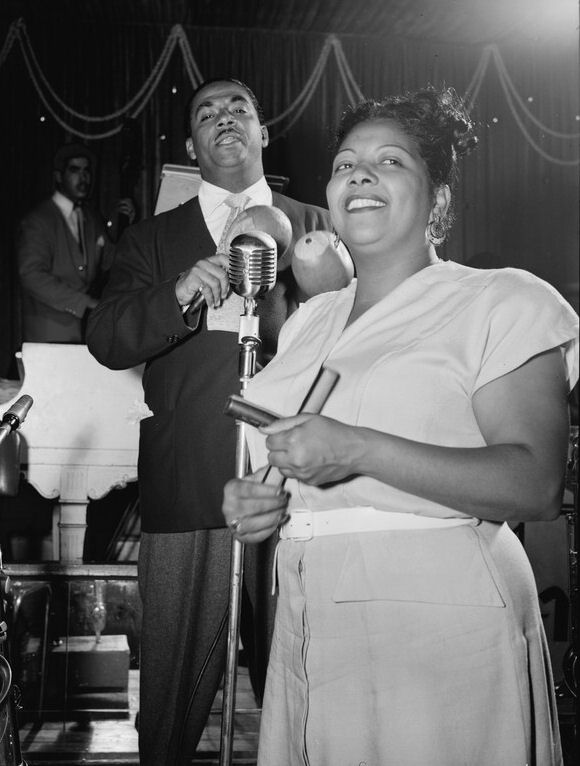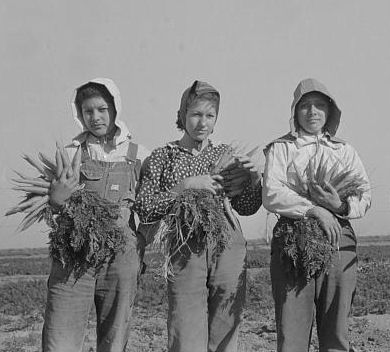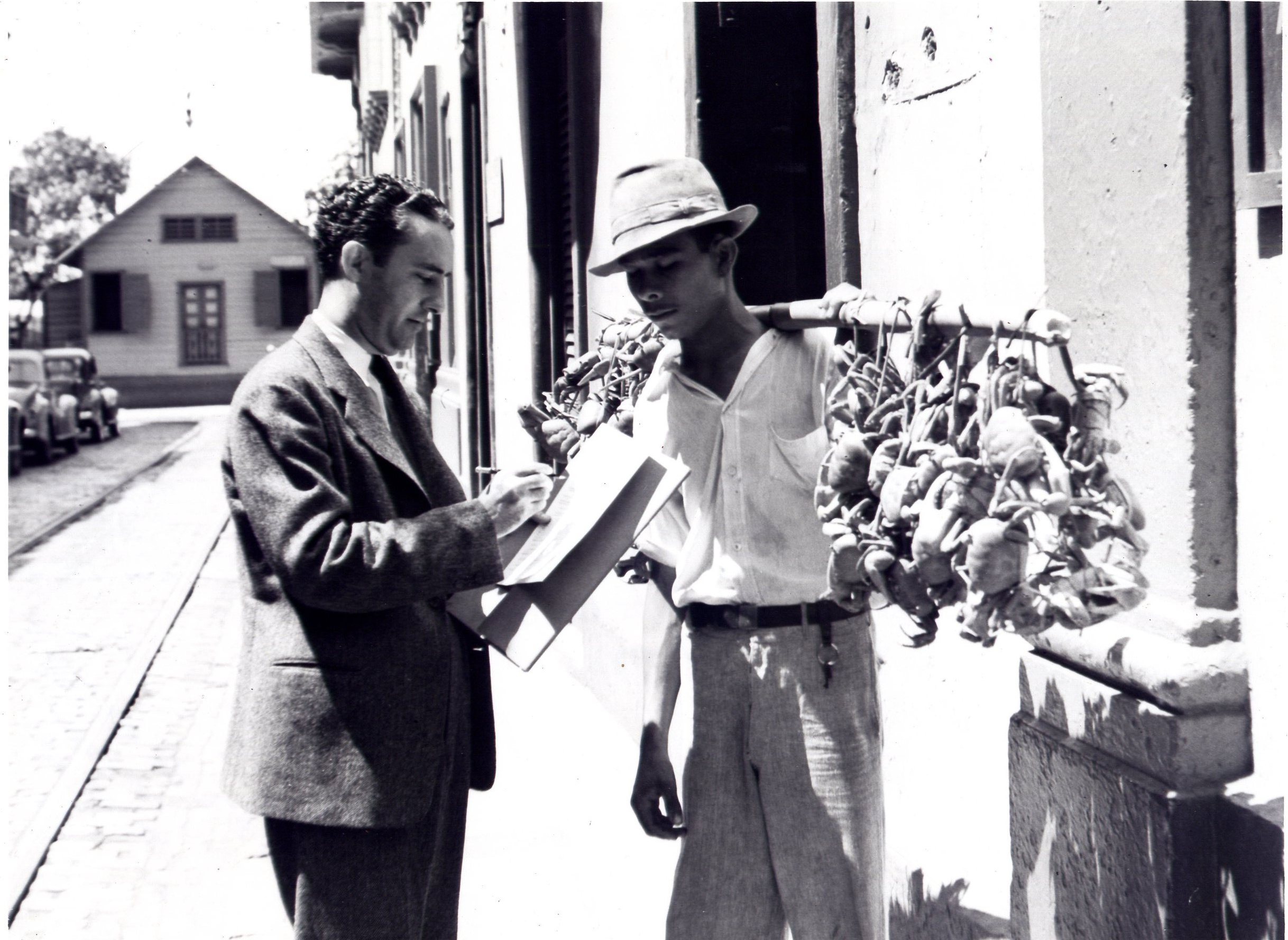History
You are here: Census.gov › History
U.S. Census Bureau History: National Hispanic Heritage Month, 2012

Graciela Perez-Gutierrez and Machito Grillo, 1947.
Photo Courtesy of the Library of Congress.
The United States celebrates National Hispanic Heritage Month from September 15 through October 15. During this month, we celebrate and recognize the contributions Hispanic and Latino Americans have made to American society and culture. Congress chose September 15 as the start of the celebration in recognition of the anniversaries of independence in Costa Rico, El Salvador, Guatemala, Honduras, and Nicaragua. In addition, Mexico and Chile celebrate their independence September 16 and 18, respectively.
The U.S. Census Bureau collects a variety of information concerning the history of Hispanics in the United States. For example:
- The 2010 Census counted 50.5 million Hispanics in the United States, a 43 percent increase from 2000. The United States has the second largest Hispanic population in the world. Only Mexico, with 112 million Hispanics, has a larger Hispanic population.
- The 1970 Census was the first to include the Hispanic origin question. More than 9 million Hispanics were counted that year. Earlier censuses had asked questions on place of birth, Spanish surnames, and Spanish mother tongue.
- Between 1987 and 2007, the number of Hispanic-owned businesses in the United States increased from just under 500,000 to 2.3 million.
This Month in Census History
September 17 is Constitution Day, which commemorates the signing of the U.S. Constitution in 1787. The Constitution specifically calls for a census of the population to be taken every 10 years.
Did You Know?
The Census Bureau began collecting data for the Puerto Rico Community Survey in November 2004 and released the first estimates from the data in 2006. The 2006-2010 5-year estimates for educational attainment in Puerto Rico show 25 percent of the population has a high school diploma and an additional 42 percent of the population has at least some college education.
Contact Us
Questions or comments? E-mail the History Staff.



 Facebook
Facebook Twitter
Twitter Flickr
Flickr YouTube
YouTube